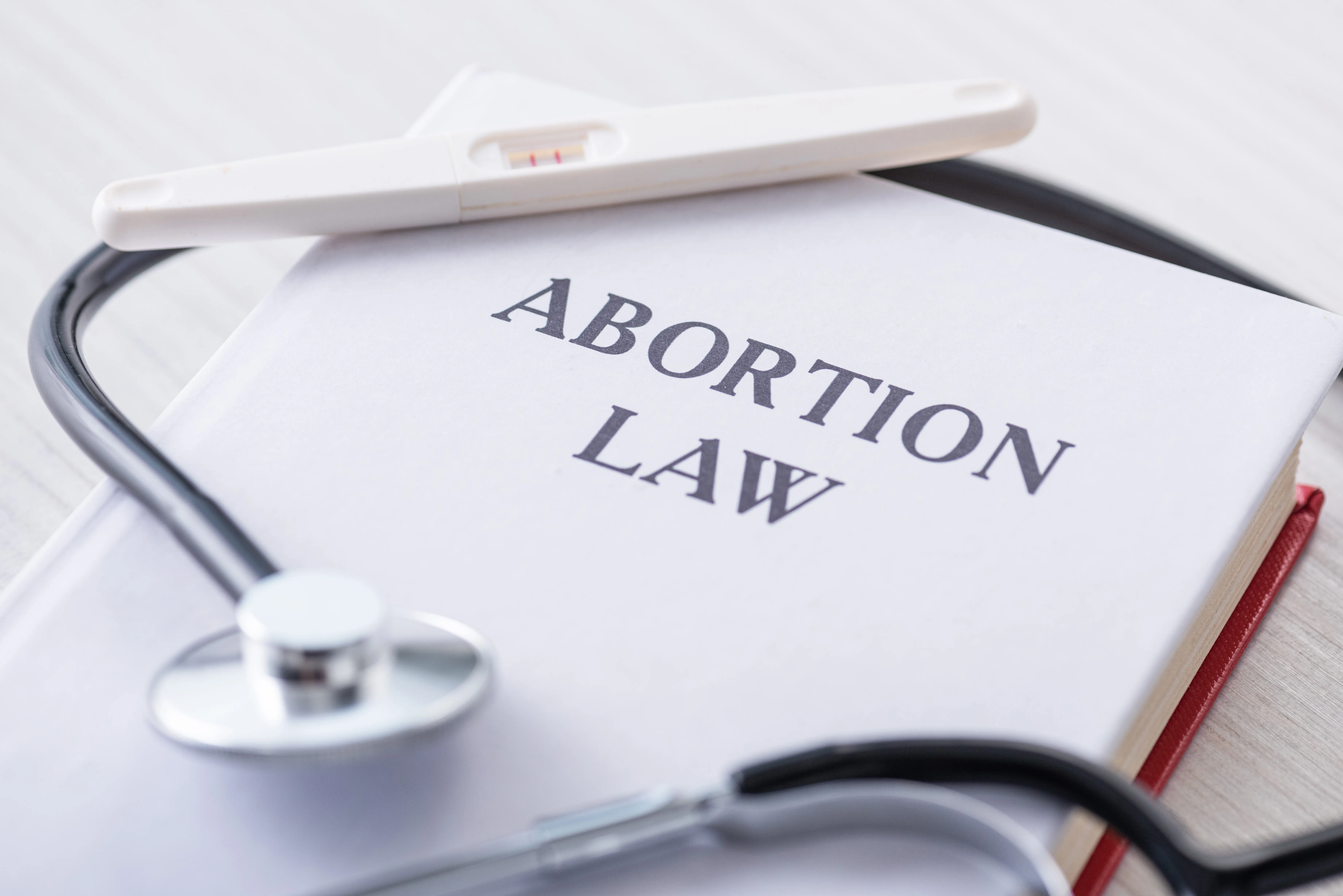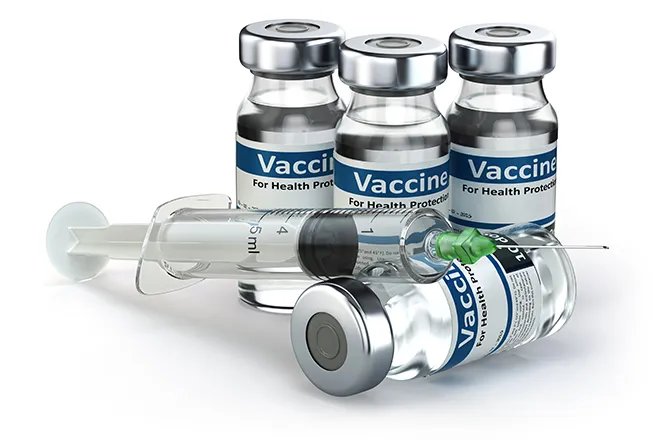
24% of average county population in Colorado has high COVID-19 risk
On average, the share of residents in Colorado counties deemed most vulnerable to the coronavirus is 24 percent, according to a new study by the U.S. Census Bureau.
The analysis is designed to measure how resilient communities are when confronted with disasters or other emergencies, the Census Bureau reports.
In Colorado, 50 percent of county populations on average have one to two risk factors, such as being age 65 or older, low income, disabled, lacking health insurance or having serious preexisting conditions, the analysis said. And on average, 26 percent of the state’s county populations have no risk factors.
A county where 30 percent of the population has three or more risk factors is considered at high risk during the COVID-19 pandemic, according to the Census Bureau. These counties are more concentrated in the South, including Texas, Oklahoma, Louisiana and Florida, where the study showed that more than a third of the counties have high-risk populations of 30 percent or more.
Rural counties tend to have high-risk populations of about 30 percent, compared to only about 14 percent for urban counties, researchers found.
States’ Resilience to Disasters and Other Emergencies
State | Avg. % of County Populations With 3 or More Risk Factors | Avg. % of County Populations With 1 to 2 Risk Factors | Avg. % of County Populations With 0 Risk Factors |
Alabama | 30% | 45% | 26% |
Alaska | 22% | 58% | 19% |
Arizona | 32% | 52% | 16% |
Arkansas | 29% | 48% | 24% |
California | 27% | 58% | 15% |
Colorado | 24% | 50% | 26% |
Connecticut | 22% | 47% | 31% |
Delaware | 27% | 49% | 24% |
Florida | 30% | 47% | 22% |
Georgia | 27% | 47% | 26% |
Hawaii | 26% | 57% | 17% |
Idaho | 23% | 50% | 27% |
Illinois | 24% | 46% | 30% |
Indiana | 22% | 46% | 32% |
Iowa | 22% | 44% | 34% |
Kansas | 24% | 46% | 30% |
Kentucky | 26% | 46% | 28% |
Louisiana | 28% | 49% | 23% |
Maine | 23% | 46% | 31% |
Maryland | 25% | 49% | 27% |
Massachusetts | 24% | 50% | 27% |
Michigan | 25% | 46% | 29% |
Minnesota | 22% | 45% | 34% |
Mississippi | 30% | 46% | 24% |
Missouri | 24% | 46% | 30% |
Montana | 25% | 48% | 27% |
Nebraska | 24% | 45% | 30% |
Nevada | 26% | 51% | 24% |
New Hampshire | 21% | 46% | 33% |
New Jersey | 25% | 51% | 23% |
New Mexico | 30% | 50% | 20% |
New York | 25% | 48% | 27% |
North Carolina | 28% | 47% | 26% |
North Dakota | 24% | 45% | 31% |
Ohio | 23% | 46% | 31% |
Oklahoma | 28% | 49% | 23% |
Oregon | 26% | 53% | 21% |
Pennsylvania | 25% | 46% | 29% |
Rhode Island | 23% | 47% | 29% |
South Carolina | 28% | 47% | 25% |
South Dakota | 25% | 45% | 30% |
Tennessee | 27% | 46% | 27% |
Texas | 30% | 50% | 20% |
Utah | 19% | 51% | 30% |
Vermont | 21% | 45% | 34% |
Virginia | 27% | 48% | 25% |
Washington | 25% | 52% | 23% |
West Virginia | 27% | 45% | 28% |
Wisconsin | 23% | 47% | 30% |
Wyoming | 22% | 50% | 28% |
Source: U.S. Census Bureau














